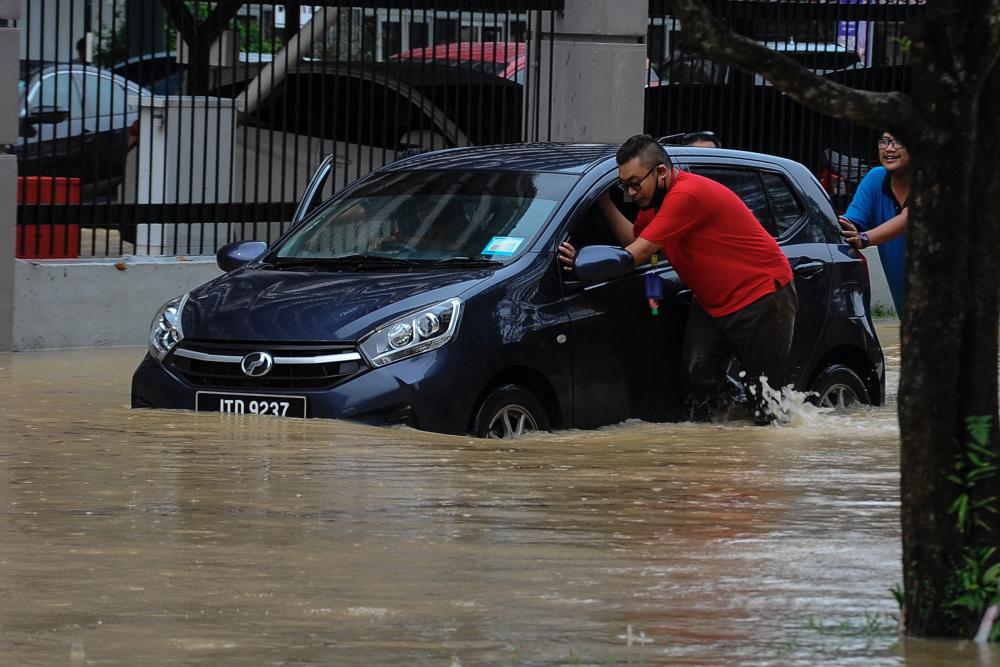A FRIEND of mine recently had a harrowing ordeal trying to navigate her car in fast rising flood waters. Although unfamiliar to such situations, fortunately for her, she intuitively got out unscathed.
Later, we consulted an expert on driving through flooded roads and he gave us some invaluable guidelines:
1. First and foremost, do not panic. Mistakes and misjudgments happen if you do not remain calm. If you can find alternative routes to your destination, pursue them even if it takes more time. Assess the rising flood waters and consider the risks involved in driving through. You may want to abandon your vehicle to get to safer ground by foot if the flooded area is too long to cross. Always bear in mind that flood waters can rise quickly, leaving you nonplussed.
2. You should survey the area and see whether other cars are able to pass through the flood waters safely, and see how high the water reaches before making a move.
3. For most cars with regular clearance heights, the maximum depth of water to drive through is 10cm. Pickup trucks or SUVs have high clearance heights and have easier time getting through flood waters. Many modern cars are watertight and they start floating in water depths as high as 30cm. Fast flowing water at 15cm is enough to knock a person off his feet. Should the speed of flood water double, the force it exerts on you or your vehicle is multiplied four times.
4. In depths greater than 15cm, the water will enter the exhaust and wash into the air intake, causing the car to lose power.
5. Turn off your air-conditioner. Otherwise, the fan in your engine compartment will be damaged. If there are other cars around, make sure you have enough room to drive non-stop. Allow the cars in front to completely clear the flooded area before you make your own attempt. Engage first gear and continuously rev the engine while you drive. The revving will stop water from entering the engine and prevent it from stalling. Also, you will want to perform as many revs as possible while driving through, but do not drive too fast. Keep your vehicle moving at all times. Do not stop. Stopping your car while in deep water will allow water to enter the exhaust and cause serious damage internally.
6. Do not drive too fast or brake. While you will want to keep moving, you should also drive at a moderate speed (approximately 10km/h) so that your tyres stay in contact with the road. If you somehow lose grip, do not brake. If your tyres lose contact with the ground, remove your foot from the accelerator, keep your steering wheel straight and steady to allow your car to regain its grip on the road, and continue.
7. If, by unfortunate turn of events, your car stalls while in flood water, do not attempt to restart your engine immediately as this will only cause more damage to it by letting water in. If this happens, leave your vehicle where it stalled and get it towed to a workshop once the flood clears.
8. Once you are on safe ground, test your brakes to ensure they are in working condition by gently tapping the pedal while driving at low speed.
9. At the workshop, check the brakes and internals, and ensure that your engine and petrol tank have not been overly flooded. Also, ensure the electrical components of the car are fully dried, if possible.
Dr A. Soorian
Seremban









